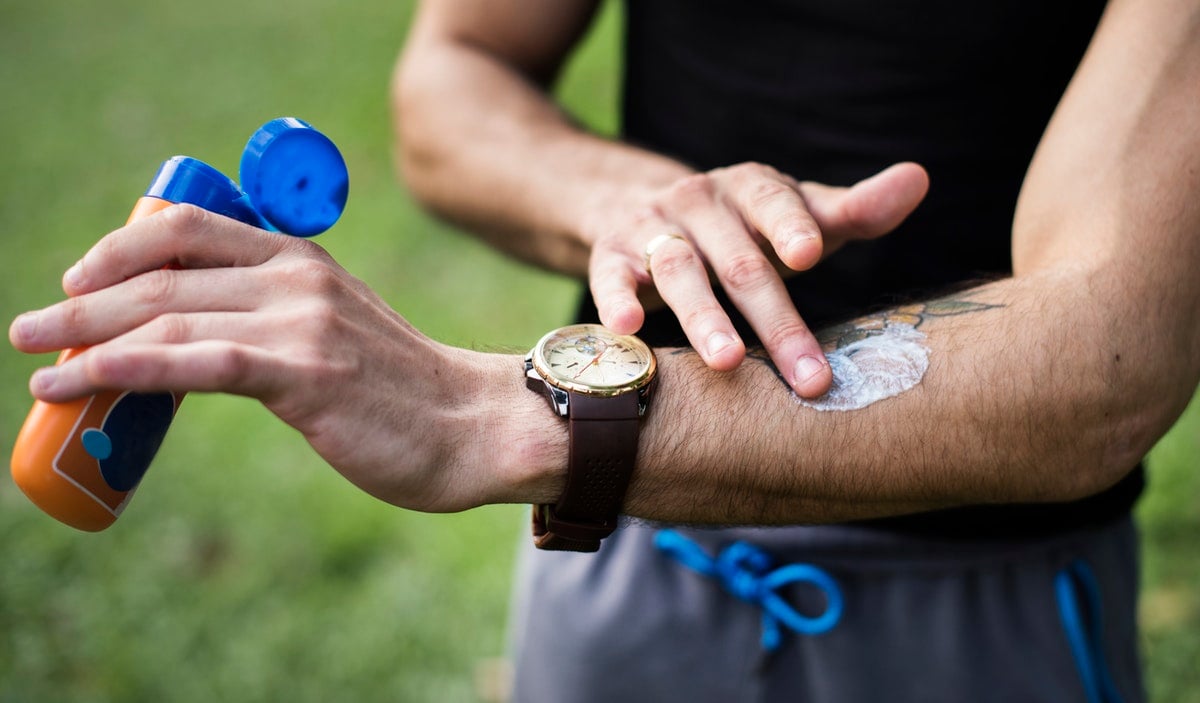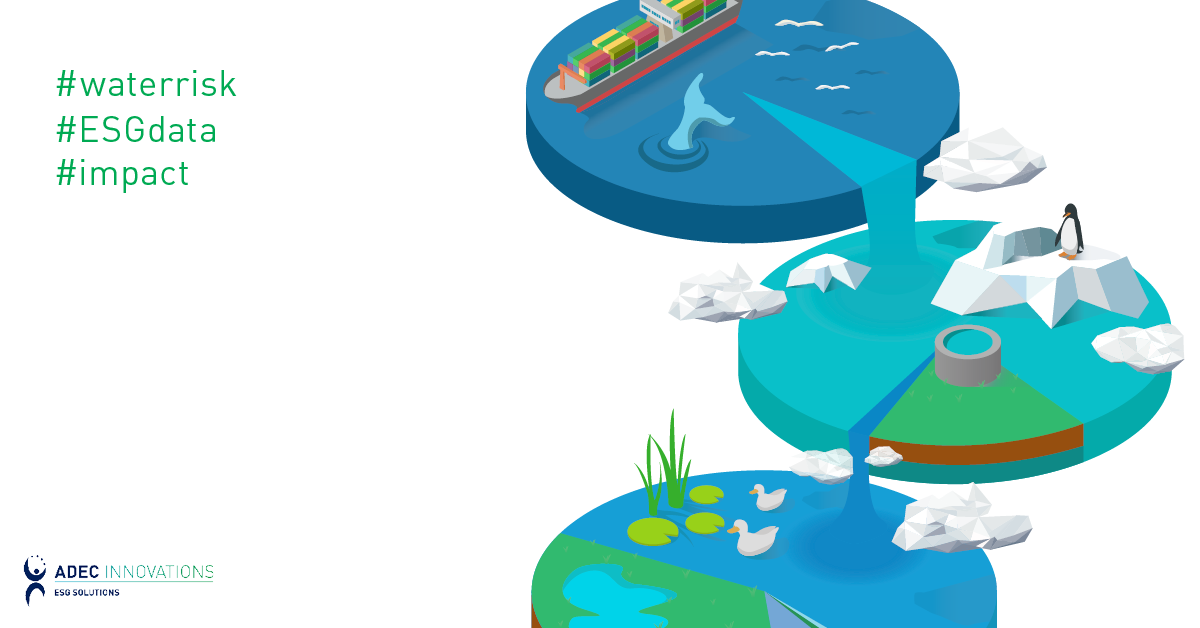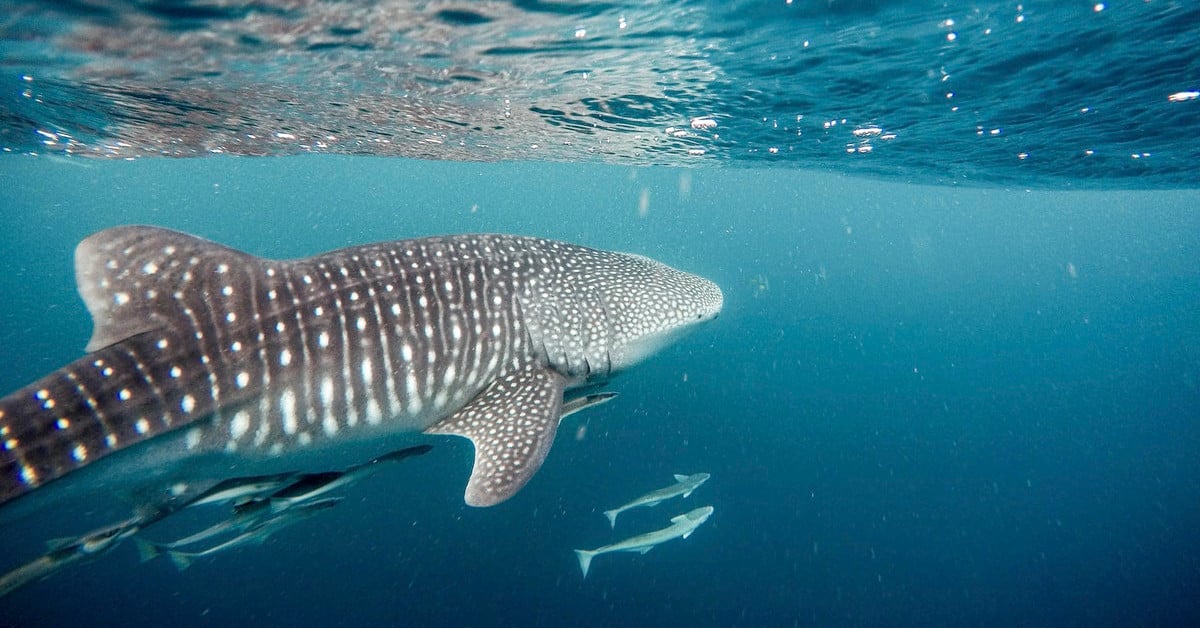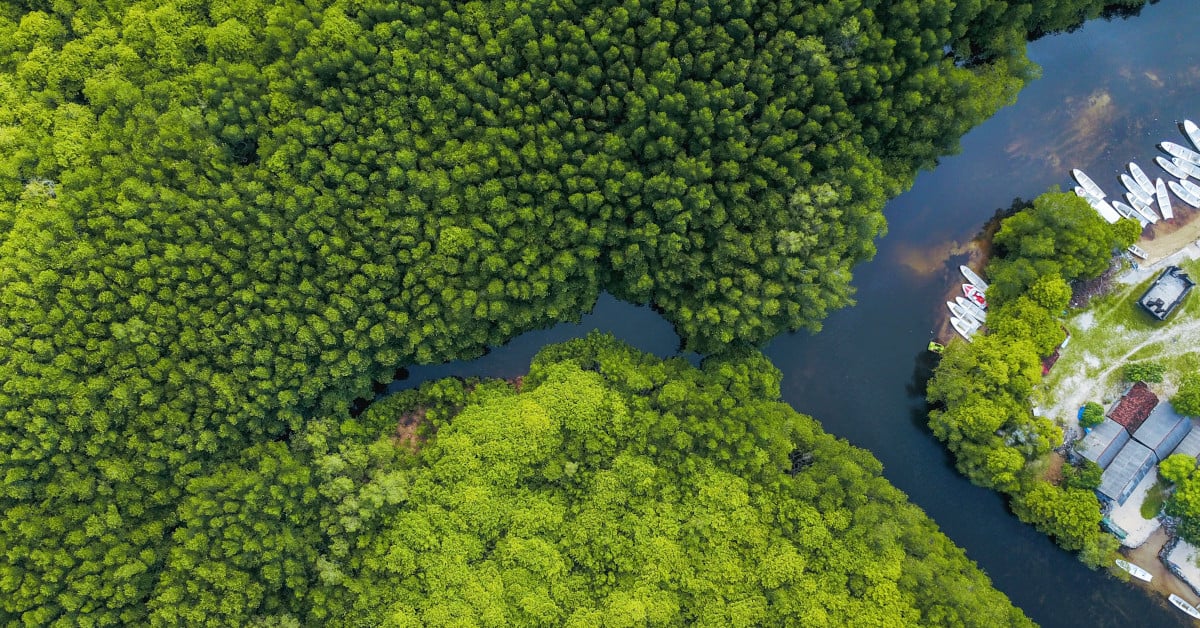What Are Oxybenzone and Octinoxate, and Why Are They in Our Oceans?
Sunscreens are amazing. They shield us from harmful UV rays, keep us from getting sunburned, and help prevent skin cancer. So why, in summer of last year, did the state of Hawaii ban more than 3,500 sunscreens from even entering the islands?

By Ashley Chin
July 2, 2019
 Sunscreens are amazing. They shield us from harmful UV rays, keep us from getting sunburned, and help prevent skin cancer. So why, in summer of last year, did the state of Hawaii ban more than 3,500 sunscreens from even entering the islands?
Sunscreens are amazing. They shield us from harmful UV rays, keep us from getting sunburned, and help prevent skin cancer. So why, in summer of last year, did the state of Hawaii ban more than 3,500 sunscreens from even entering the islands?
The answer: oxybenzone and octinoxate.
Both oxybenzone and octinoxate are commonly occurring chemicals in most popular sunscreen brands—check the label on the bottle of your favorite brand and you may be surprised. When sunscreen is appropriately applied, these chemicals help protect the skin from damaging UV rays by absorbing UVB and UVA II rays and decreasing the amount of radiation that reaches the skin. As FDA-approved ingredients that provide broad-spectrum protection, they have been in wide use for years, with no scientifically-backed negative side effects for humans.
Unfortunately, some studies have found that they are terrible for coral reefs, which they reach through swimmers and sunbathers at beaches and—primarily—through wastewater discharges from commercial and residential areas. A study from researchers in the US and Israel found that coral planula (baby coral) exposed to oxybenzone underwent skeletal changes, causing deformities and ultimately coral bleaching. Insoluble in water, and with a half-life of 2.4 years, oxybenzone “poses a hazard to coral reef conservation and threatens the resiliency of coral reefs to climate change,” the study concluded.
 Although some, such as representatives from the Consumer Healthcare Products Association, contest that a single study in lab conditions should not affect regulatory laws, areas in close proximity with coral reefs may not want to take the risk. Hawaii’s Governor David Ige signed Senate Bill 2571 into law in July 2018, banning sunscreens containing oxybenzone and octinoxate from over-the-counter sale or distribution starting in 2021. As Hawaii’s reefs have been demonstrably suffering the effects of climate change for years, one might understand lawmakers’ general unease as well as their willingness to act upon hearing that certain chemicals in sunscreens may be contributing to coral bleaching. Better to err on the side of caution, perhaps, when nearly 90% of the coral reefs in the Hawaiian Islands were bleached by 2015.
Although some, such as representatives from the Consumer Healthcare Products Association, contest that a single study in lab conditions should not affect regulatory laws, areas in close proximity with coral reefs may not want to take the risk. Hawaii’s Governor David Ige signed Senate Bill 2571 into law in July 2018, banning sunscreens containing oxybenzone and octinoxate from over-the-counter sale or distribution starting in 2021. As Hawaii’s reefs have been demonstrably suffering the effects of climate change for years, one might understand lawmakers’ general unease as well as their willingness to act upon hearing that certain chemicals in sunscreens may be contributing to coral bleaching. Better to err on the side of caution, perhaps, when nearly 90% of the coral reefs in the Hawaiian Islands were bleached by 2015.
So, as a responsible citizen of the world looking for a bit of sun protection, what can you do to help?
- Stay in the shade when possible while outdoors. Planning a picnic? Look for a shady spot under a tree, or bring along a canopy or beach shelter.
- If you need to be out in the sun, be sure to wear a hat, UV-blocking sunglasses, and sun-protective clothing when possible to physically block harmful rays. The Skin Cancer Foundation has stated that clothing is the most effective sun protection, so cover up with a swim shirt or rash guard when out in the water.
- Avoid sunscreens with oxybenzone and octinoxate. A quick search online will turn up dozens of options for facial, sport, and child-friendly brands free of either ingredient. Some even recommend going “non-nano.” For a shortcut, browse through the Environmental Working Group’s list to check if the sunscreens at your local shop make the cut.

Of course, the most impactful thing you can do to help our oceans’ reefs is to take action to prevent further climate change. While staying away from chemicals like oxybenzone may help in allowing corals to recover from damage, it is climate change that stands as the biggest threat to coral reef ecosystems. By engaging in sustainable practices—and encouraging legislators and corporations to do the same—you can truly make a difference in preserving coral reefs in the long-term.
ADEC Innovations is a leading provider of ESG solutions, including fully-integrated industry expertise, software solutions and data management. For the latest on global sustainability issues, follow us on Facebook, Twitter, and LinkedIn.
Related Articles
FCS, Water/Oceans
By Brian Amdur on January 6, 2022
Water/Oceans | Water Risk Assessment
By Hunter Donovan on March 17, 2020
Climate Change | Water/Oceans
By Megan Crawford on November 19, 2019
Natural Resources Management | FCS | Forests
Be a sustainability leader.
Our team supports you no matter where you are on your Sustainability Journey. Talk to us today to learn more.




